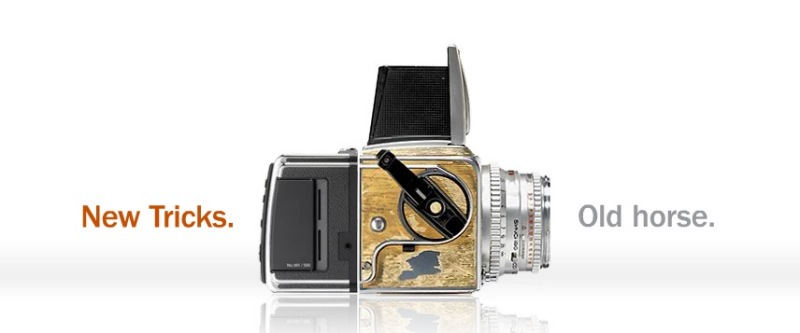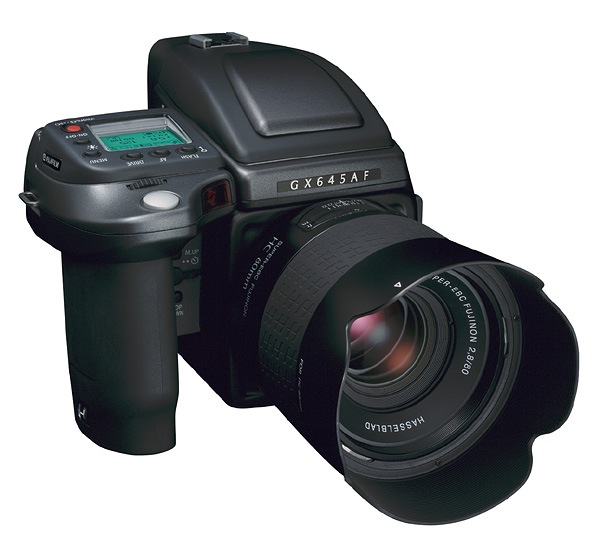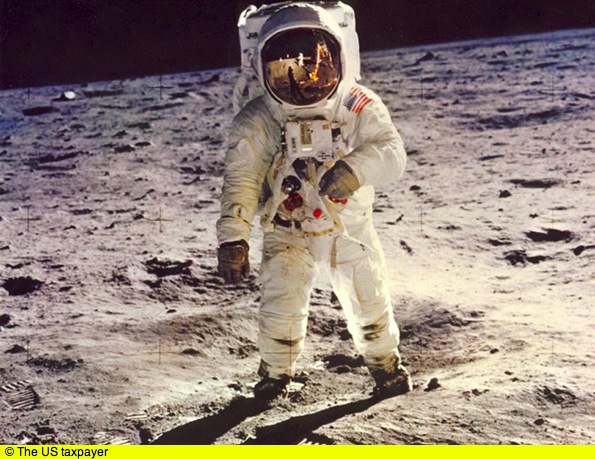A tonic.
Planned obsolescence could only have been invented in America, the Land of the New. Long a staple of Detroit (which in turn has tried hard to obsolete itself) it has been perfected by the likes of Apple, each generation of whose computers makes sure it uses a new set of connectors guaranteed to make your peripherals obsolete or, at best, needing costly adapters to sort-of -work. (“It just works” should really be “It just sort-of works”).
For years Nikon, with its superb Nikon F film SLR, could rightly claim that planned obsolescence was notable for its absence from Nikon interchangeable lens bodies. Yes, the little AI hook came along to tell metering prisms what the aperture range of a lens was (you had to twist the aperture ring to minimum and maximum after fitting the lens!) but that hook could be fitted in minutes by a half-decent technician with a drill, tap and two screws. Later, when electronics came along the Nikon mount soldiered on and you can still fit most early Nikon film SLR lenses to your latest DSLR, even if most or all of the automation is missing. Leica was even better with its M rangefinders. Introduced to howls from the screw thread set in 1954 on the M3, the Leica bayonet mount soldiers on unchanged to this day, save for a few electronic contacts on lens and mount to tell the modern digital M8 or M9 things like aperture and the need for peripheral optical sensor-level corrections, notably with very wide angle lenses. Without these, the sensor has no way of recording lens data or correcting for aberrations. But, overall, you can get away with not using these or simply painting on your own ‘contacts’ as black blobs with a felt tip on older lenses to fool the body into doing the right thing. The fact that you need a few oil wells to afford that M9 need not trouble this discussion.
But if you have to give the prize for lack of planned obsolescence to any camera maker it has to be to Fuji (er, Hasselblad). Fuji may have bought Hasselblad years ago (and wisely kept silent about it to keep the premium price tag for its premium brand equity), and may also have seen the light of day that the huge installed V camera base (500C through 503CW variants) really should upgrade to the completely redesigned and super expensive H range with its electronics-loaded optics and superior ergonomics. But that didn’t stop someone at Fuji contracting with sensor makers to make one of the great anti-obsolescence hardware statements in photography.

The digital back for the Hasselblad 500c.
It’s still not cheap – the current Hasselblad CFV digital back comes in 39 and 50 megapixel variants at $14-17,000, which is more than an entry level $14,000 H4D-31 with a new fangled standard lens – but if you have a major investment in 500-series lenses and really like that retro thing, it may make economic and emotional sense. Though before you get too emotional, you can procure an awful lot of film processing and scanning for that ….

How they sell them in Japan.
And while I realize that a mindset that expects things to last forever in a world with high rates of change is silly, what Fuji has done here speaks deeply to the traditional engineer in my soul, even if it makes for a rather odd marriage of the mechanical and the digital.
By the way, apart from the original, rigid mount, chrome seven element 50mm Leitz Summicron, was there ever a more beautiful lens than the chrome Zeiss Planar 80mm f/2.8 in Synchro-Compur shutter, above? Its superb optical quality matched its looks. And you have the comfort of knowing that your gear, absent the digital back, is not all that different from that used to take what was then the costliest picture in the history of the human race.

1969. Real men use Hasselblads. Aldrin by Armstrong.